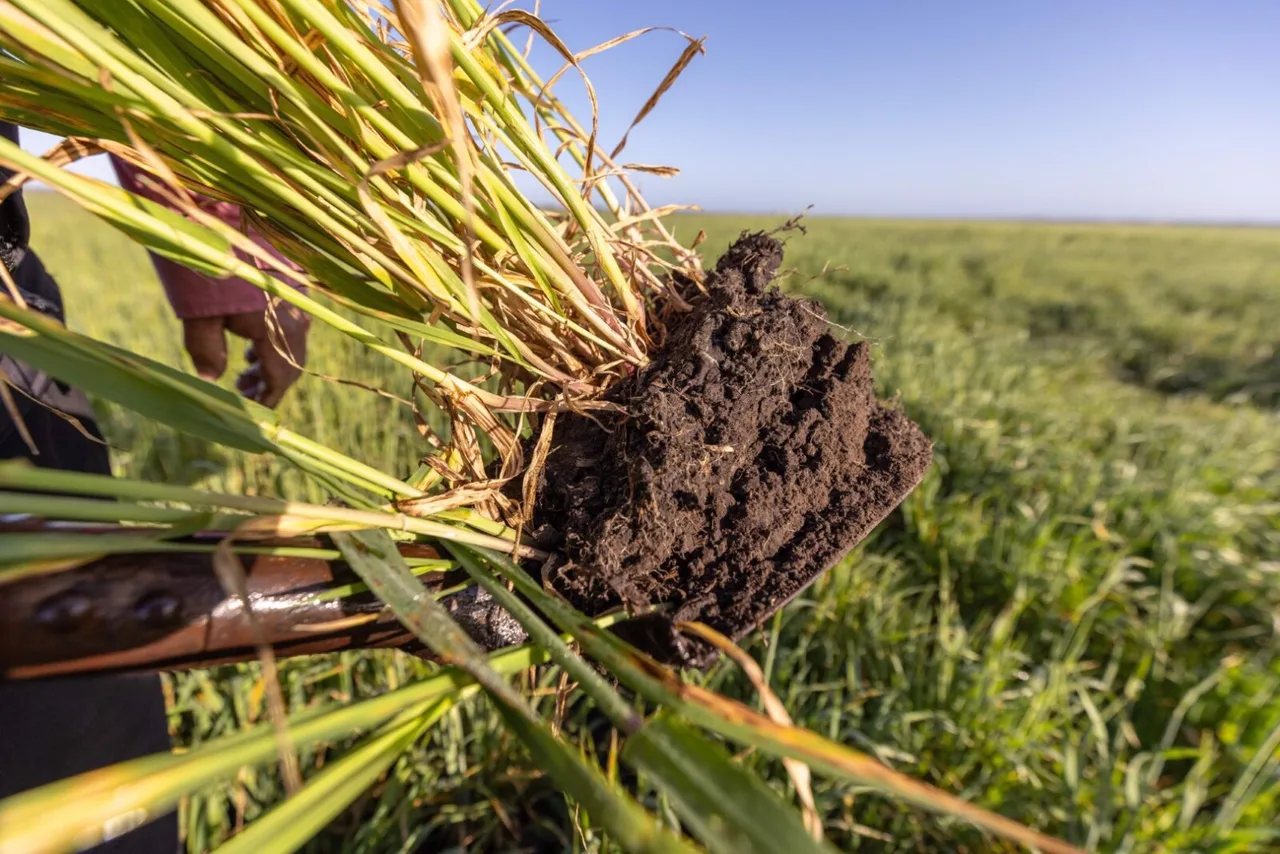
Keilira Station in South Australia’s South East is a grazing property with opportunity to further develop cropping. Photo: Colliers and Elders
THE MARKET for grazing and mixed-farming property is finding solid support from neighbour-to-neighbour sales in the face of lower livestock prices, according to Colliers Agribusiness national director of valuation and advisory services Stephen Cameron.
“There is more risk in the market today compared to six or 12 months ago, especially for grazing assets,” Mr Cameron said.
“An increasing number of listings is the norm for this time of year, but the key factor on how values will be determined is the depth in the market which is ultimately underpinned by confidence.”
Mr Cameron said on a positive note, grain growers in northern areas have harvested most of their winter crops and yields have been generally at, or slightly above, expectations overall.
“Growers are now looking for the heavens to open up for the start of the summer-cropping season.”

Stephen Cameron.
Mr Cameron said recent rain in parts of eastern and southern Australia may have given livestock producers some positive hope, together with providing a rally in the Eastern Young Cattle Indicator.
“Continued hot and dry summer weather might prompt producers to reduce numbers again and without active restockers participating, there is a risk of weakening commodity prices.”
Mr Cameron said there may be a reluctance to supplementary feed cattle due to the current low livestock price, and high hay and grain prices.
“Some market sectors are also experiencing pain because of financing stock debt at the higher value, compared to what they are worth today.”
“As a result, these producers are reshuffling their business finance to manage that stock debt by bringing it back into their mainstream funding, which has been assisted by equity growth in the property asset.”
He said from a real estate valuation point of view, there were some obvious risks in the current grazing property market.
“Transactions are still occurring despite cattle and sheep prices taking a downward trend for almost 12 months.”
Neighbours in the market
Mr Cameron said the broader market still recognised the opportunity to secure adjoining assets at a premium.
“For traditional assets there is still particularly strong appetite from near neighbours seeking further scale, where strong values are being reflected.”
“It is created by the emotional decision that neighbouring properties might only come up once in a generation, hence neighbours are willing to pay overs to secure the asset.”
“In a large percentage of cases, these transactions have been negotiated over the fence, ‘off-market’, usually due to long standing gentlemen’s agreements to have first right of refusal,” Mr Cameron said.
Interestingly, he said in some instances, vendors had potentially sold under the market.
“This means they have accepted the offer on the basis it was ‘fair’, but in reality may have achieved a much higher price if it was offered to the market under private treaty.”
“It is worth seeking external advice from a valuer to provide such guidance given the level of values at stake,” he said.
Mr Cameron indicated the broader property market appeared to have hit the peak in the cycle, and is currently tracking sideways.
“Listings are taking longer to transact and there are a reduced number of bidder cards at auction as producers become more strategic on where they want to invest and how the purchase forms a benefit and synergy to the existing business.”
He said some buyers were also sitting on the fence adopting a wait and see attitude in terms of seasons, commodity and property prices.
Under more static market conditions, there was likely to be an adjustment of relativity between first and second-tier assets.
“During the recent strong market conditions there has been a distortion of historical benchmark relativity, especially for second-tier assets where the demand has bridged the gap between those superior turn-key assets.”
Capex a factor
Mr Cameron pointed out that properties that presented well during a marketing period and did not require immediate capital injection were being viewed more positively.
“Properties requiring repairs, maintenance or further capital expenditure will find it more difficult to achieve a sale at strong values for the timebeing, because buyers are now factoring in these considerations within their bidding decisions.”
“Over the past four to five years, these factors have not been considered a key drive in the bidding decision rather overtaken by the fear of missing out (FOMO) which has distorted value relativity,” he said.
Mr Cameron said vendors should consider spending capital where it is critically needed before bringing a property to market to maximise value and or marketability.
“Money shouldn’t be spent just for the sake of it. However it is worth noting, buyers will start factoring into their bidding decision when they can see that money immediately needs to be spent on improving fences, water infrastructure or vegetation management.”
Different levels of capital
He said other influences in the market which will create a different dynamic to previous market cycles included the varying levels of capital within the agriculture property market.
“Today, there are market influences by additional capital sources and some new to market. For example, carbon aggregators now acquiring country specifically for carbon abatement projects.”
Mr Cameron said there were examples where such transactions have been difficult to support based on traditional sales between existing producers.
“Should the grazing market stagnate and the demand for carbon projects continues to strengthen, there is the potential of the emergence of a two-speed market where grazing operators may find it difficult to compete for certain assets at the same price level.”
However, he said such transactions are critical to time on market to allow appropriate due diligence.
“Overall, such capital may assist in buffering any future market corrections.”

HAVE YOUR SAY